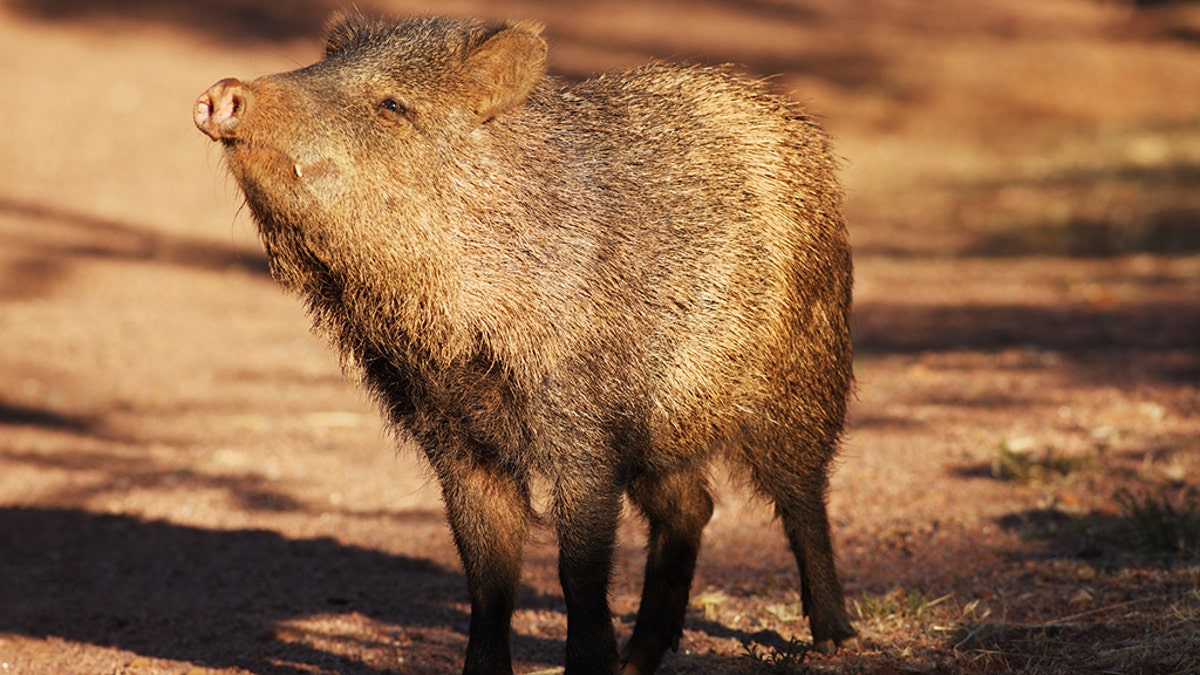
A modern-day peccary. (iStock)
In a thrilling discovery, scientists with East Tennessee State University (ETSU) have recently confirmed the prehistoric fossils found in an area known as the Gray Fossil Site belonged to two different species of ancient peccaries, pig-like creatures.
The fossils, including part of a well-preserved skull, confirm that two species of peccaries — Mylohyus elmorei and Prosthennops serus — roamed this area in prehistoric times. In fact, the findings mark the first time the remains of either species have been found in the Appalachian region, the university said in a news release.
CLICK HERE TO GET THE FOX NEWS APP
While one of the two species, Prosthennops serus, had previously been found in other fossil sites in the U.S., it has never before been found in the Appalachian region. And the other, Mylohyus elmorei, has “only been found in one region of central Florida, more than 900 kilometers to the south,” the university said.
Scientists were able to identify these prehistoric species thanks to the “well-preserved remains of their skulls,” which included the “nearly complete lower jaws of both species."
Both the Prosthennops serus and the Mylohyus elmorei would likely have been the size of a German shepherd, which scientists noted is larger than modern-day peccaries.
“Details of the peccaries’ teeth suggest they spent their lives browsing on the leaves and fruits of succulent plants, so they would have been right at home in the Gray Fossil Site ecosystem, which we know from plant fossils was rich with tasty vegetation,” Chris Widga, the head curator at the ETSU Museum of Natural History at the Gray Fossil Site — which was once “a large pond surrounded by a lush forest” — said in a statement.
While peccaries may resemble pigs, they are not members of the pig family, according to the university.
130-MILLION-YEAR-OLD INSECTS TRAPPED IN AMBER RIGHT WHEN THEY WERE BORN
“True pigs, members of the family Suidae, are native to Europe, Asia and Africa, while peccaries belong to the family Tayassuidae and live in the Americas,” the university explained.
The Gray Fossil site — which contains “fossil-rich clays” and preserves “an ancient ecosystem that dates back around 5 million years," according to ETSU — was also home to ancient rhinos, tapirs, mastodons, alligators and beyond at one time.




















